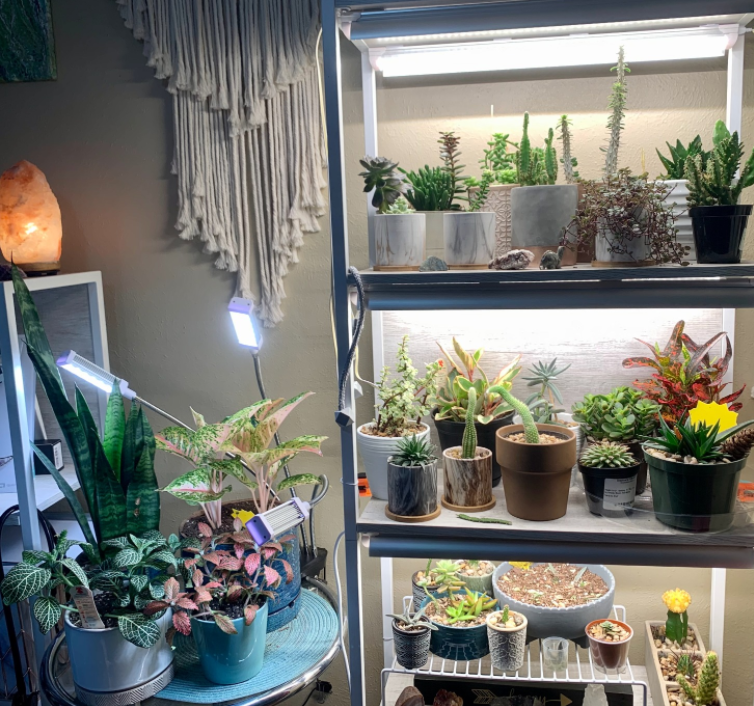Many indoor growers wonder if they can use any old LED light as a grow light. They thought these two types of LED lights had no difference as they can both emit human visible light. However, we cannot use a regular LED light as a grow light, because they are not created equally.
Regular lights only provide illumination; that is to say, they are engineered as an artificial light source in order to lighten your dark spaces. They are comprised of narrow spectral wavelengths and usually do not have the proper spectrum of light to support photosynthesis. On the other hand, grow lights are specifically designed to generate the right amount of light so plants can photosynthesize.
We’ve listed several areas where you can differentiate normal bulbs from grow lights:
Spectrum
Many LED grow light manufacturers perform numerous experiments and study thousands of scientific reports about the specific light color wavelengths so that they can produce perfect grow lights with several wavelength colors that plants need. They are: red and infrared, blue and ultraviolet, and green.
Among these colors, blue and red wavelengths are the most important to plants. Blue is responsible for leafy growth and the red for flowering and budding. To start the seeds, grow lights should produce a lot of blue light which is the most important factor during the early growth stages. And when it’s time to bloom, LED lights begin to emit red spectrum to promote plant growth.
Ultraviolet light guides the plants to flower and it helps sterilization. Green is less liked by plants, so grow lights have less of a green element, but it could improve the rate of leaf expansion and stem elongation, which in turn results in higher biomass accumulation (yield).
Infrared is not visible to the eyes. It is less effective than red and blue, but it will penetrate deeper and through the leaf, which increases cell expansion so you will get numbers of leaves and increase branch sizes in the end.
Efficiency
Regular LED bulbs have a low light output per watt, which means that it takes more energy to produce the same light. Standard fluorescent lights are twice as efficient as normal bulbs, while LED grow lights are about five times more efficient than similar regular bulbs.
Heat Dissipation
Many regular lights produced much heat and should be hung no closer than 24 inches to avoid burning the plant. They also require a ventilation system to remove the heat from the room. Grow lights stay much cooler and can be placed about four inches above plants for maximum effectiveness. Moreover, modern LED lights are now engineered to give off heat passively, either by use of a heat sink or by diverting heat away from the diodes.
Life Expectancy
Regular lamps only have an average lifespan of 750 hours, but many good-quality LED grow lights like Aokairuisi lights last approximately 50,000 hours, depending on wattage. That’s a big difference!

